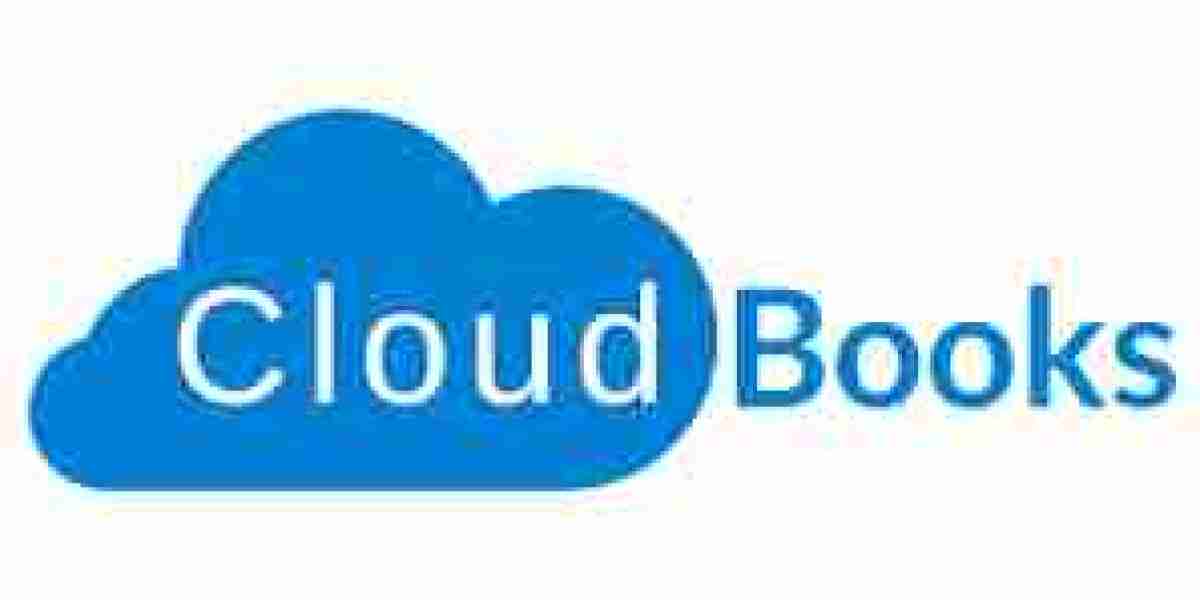In the rapidly evolving world of business and finance, technology has transformed how companies handle their accounting and tax responsibilities. Among the most notable advancements are cloud books—cloud-based accounting systems that simplify bookkeeping, financial reporting, and compliance. When it comes to VAT returns, these systems have proven to be a game changer, offering accuracy, convenience, and compliance in one package.
This article explores the relationship between cloud books and VAT returns, highlighting how businesses can benefit from digital accounting and why this shift is essential in today’s regulatory environment.
What Are Cloud Books?
Cloud books, often referred to as cloud accounting software, are platforms that store and process financial information online. Instead of being tied to a single computer, all financial records are stored securely in the cloud, accessible from anywhere with an internet connection.
Well-known examples include QuickBooks Online, Xero, FreshBooks, and Sage Business Cloud. These platforms provide tools to manage invoicing, expense tracking, payroll, and tax submissions, including VAT returns.
Key Features of Cloud Books:
- Automation: Reduces manual data entry by linking directly to bank accounts.
- Real-time reporting: Provides up-to-date insights into cash flow and tax liabilities.
- Accessibility: Data can be accessed from multiple devices and locations.
- Compliance tools: Built-in support for VAT submissions under regulations like Making Tax Digital (MTD).
- Collaboration: Multiple users, such as accountants and business owners, can work together seamlessly.
What Are VAT Returns?
VAT (Value Added Tax) is a tax charged on most goods and services in the UK and many other countries. Businesses registered for VAT are required to charge VAT on sales (known as output VAT) and can reclaim VAT paid on purchases (known as input VAT).
A VAT return is usually submitted quarterly and shows:
- The total sales and purchases during the period.
- Output VAT collected from customers.
- Input VAT paid to suppliers.
- The net VAT due to HMRC or refundable.
Since 2019, the UK government has enforced Making Tax Digital for VAT, requiring businesses to keep digital records and file VAT returns using MTD-compatible software. This has made cloud books essential for many businesses.
How Cloud Books Simplify VAT Returns
Cloud books are designed to handle VAT automatically and make submissions straightforward. Here’s how they streamline the process:
- Transaction Recording – When invoices are issued or expenses are logged, the system automatically applies the correct VAT rate.
- Categorization – Transactions are categorized according to VAT rules, minimizing errors.
- Real-Time VAT Calculations – Businesses can instantly see how much VAT they owe or can reclaim.
- Report Generation – At the end of the VAT period, cloud books generate a VAT report ready for review.
- Submission to HMRC – With built-in MTD integration, VAT returns can be filed directly from the software.
This end-to-end process removes the complexity of manual VAT accounting and ensures compliance.
Benefits of Using Cloud Books for VAT Returns
1. Accuracy and Error Reduction
Manual VAT calculations often lead to mistakes, which can result in penalties. Cloud books automate calculations and include error checks to minimize risks.
2. Time Efficiency
Preparing VAT returns manually can take hours. With cloud books, data is automatically collected, categorized, and summarized, cutting preparation time drastically.
3. Compliance with Regulations
MTD requires digital record-keeping and electronic submissions. Cloud books are fully compliant, ensuring businesses avoid fines and penalties.
4. Improved Cash Flow Management
By providing real-time insights, cloud books let business owners see upcoming VAT liabilities in advance, helping them set aside funds and avoid cash flow issues.
5. Accessibility and Collaboration
Because they operate online, cloud books allow accountants, bookkeepers, and business owners to work on the same data at the same time, no matter where they are.
6. Cost Savings
While there is a subscription fee, cloud books often reduce the need for outsourcing bookkeeping or paying fines due to errors, making them cost-effective in the long term.
Cloud Books vs. Traditional Accounting for VAT Returns
Feature | Traditional Accounting | Cloud Books |
Accessibility | Limited to office computers | Accessible anywhere, anytime |
VAT Calculation | Manual and error-prone | Automated and accurate |
Filing VAT Returns | Manually through HMRC | Direct digital submission |
Record-Keeping | Paper files or spreadsheets | Secure cloud storage |
Collaboration | Requires file transfers | Multi-user, real-time |
Compliance | Risk of non-compliance | Built-in MTD compliance |
Choosing the Right Cloud Books for VAT Returns
When selecting a cloud accounting solution, businesses should consider:
- MTD Compatibility: Ensure the software integrates directly with HMRC.
- Ease of Use: The interface should be intuitive, especially for non-accountants.
- Integration Options: Look for systems that connect with your banking, payroll, or e-commerce platforms.
- Scalability: Choose software that can grow with your business.
- Support and Training: Customer service and tutorials are vital during tax deadlines.
The Future of VAT Returns with Cloud Accounting
The adoption of cloud accounting is only expected to grow. Future advancements will include:
- AI-Powered Insights: Identifying patterns in financial data to suggest tax-saving strategies.
- Automated Auditing: Real-time checks against VAT regulations.
- Global Compliance: Support for VAT and sales tax in multiple regions as businesses expand internationally.
These innovations will make VAT returns even faster, more accurate, and more strategic for businesses.
Conclusion
For businesses of all sizes, VAT returns have historically been a time-consuming and stressful task. However, with the rise of cloud books, VAT compliance has become significantly easier. These systems offer automated VAT calculations, direct HMRC integration, and real-time financial insights, ensuring businesses stay compliant while saving time and money.



